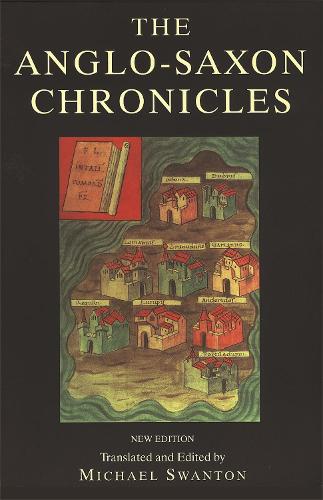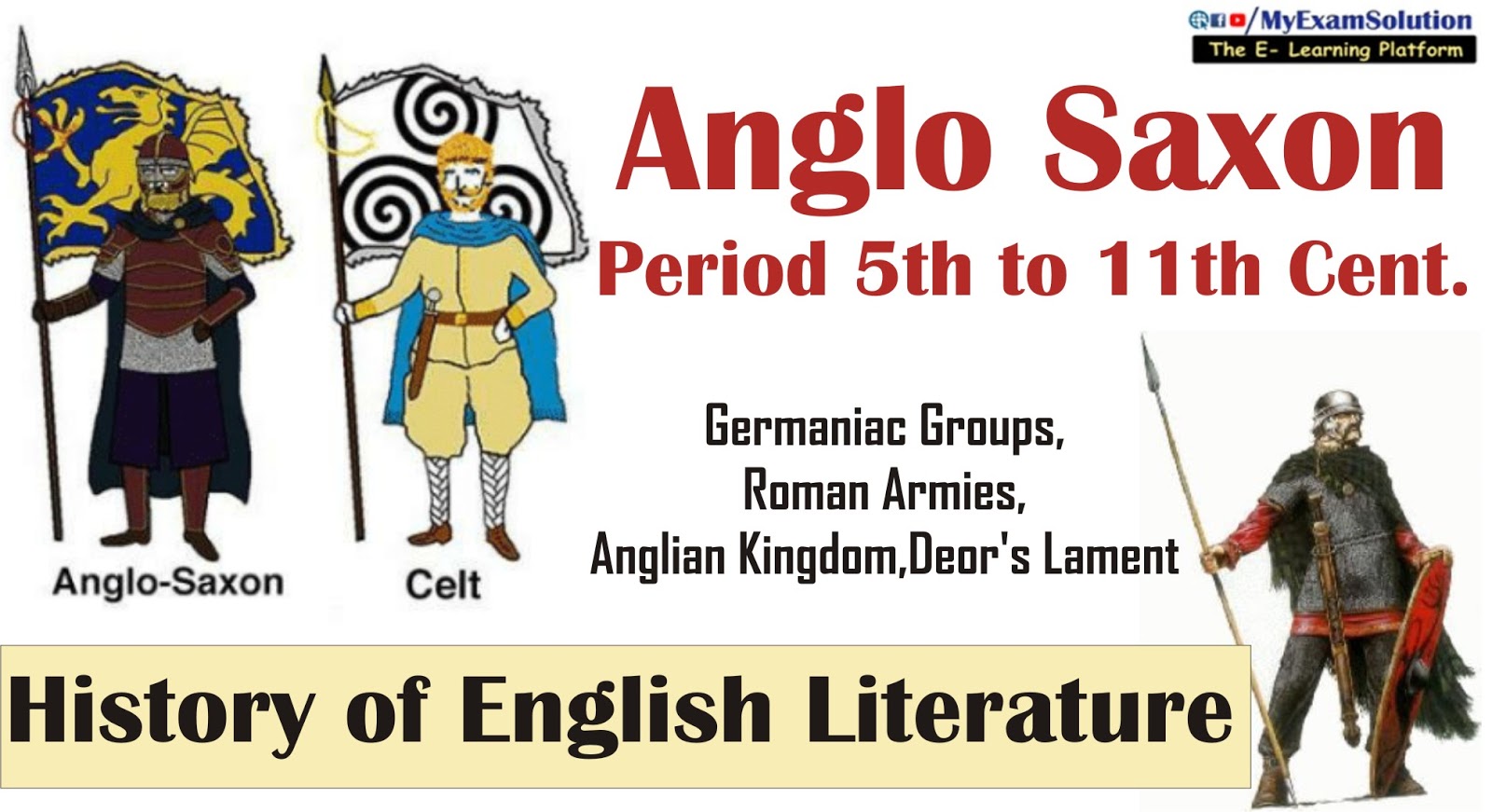


He was the eighth king who was ruler of Britain the first was Aelle, king of Sussex, who had done this much. That year King Egbert overcame the Mercian kingdom, and all that was south of the Humber. The entry for 829 reads thus: The moon darkened on Christmas Eve. One of the king lists that appears in the Chronicle includes the first eight men named bretwalda, a sort of overlord. Sources for the Chronicle are thought to have been king lists, geneaologies, the Venerable Bede's Ecclesiastical History of the English People, and annals from Saxons in Wessex and from the Frankish peoples. The British Library has care of seven of the nine surviving manuscripts the other two are housed one each at Oxford and Cambridge.

Accounts of some events and descriptions of some people differ, depending on in which version they appear. 1.ĭating for some entries varies, depending on in which version they appear. The first dated entry is for the first invasion of Julius Caesar, which occurred in 55 B.C.

The last entry is for the year 1154, the end of the reign of King Stephen. Inhabitants were the Britons, who came from Armenia, and The first entry of any kind is an introduction: The island Britain is 800 miles long, and 200 miles broad.Īnd there are in the island five nations English, Welsh (orīritish), Scottish, Pictish, and Latin. The other entries in the Peterborough text and all other entries in all earlier versions were written in Old English. As well, the last version, known as the Peterborough text because it was written in Peterborough Abbey, is one of the earliest known examples of writing in Middle English, which was used in the very last entry. Much of the information in the Chronicle does not appear in other sources. Nonetheless, most scholars view the Anglo-Saxon Chronicle as an invaluable window into the goings-on for about 1200 years of English history. Also in many cases, the accounts of battles or great deeds represented only one side of the story or were embellished (based on other sources known to conflict with what the Chronicle has.) In most cases, the names and places in the Chronicle were the product of writings long after the fact. The first has been dated at 892 the last has been dated at 1116. No one version of the Chronicle exists in fact, fragments of nine different versions exist. The Anglo-Saxon Chronicle is a sort of datebook, a collection of writings on people, places, things, and events in the life of early and medieval England.


 0 kommentar(er)
0 kommentar(er)
